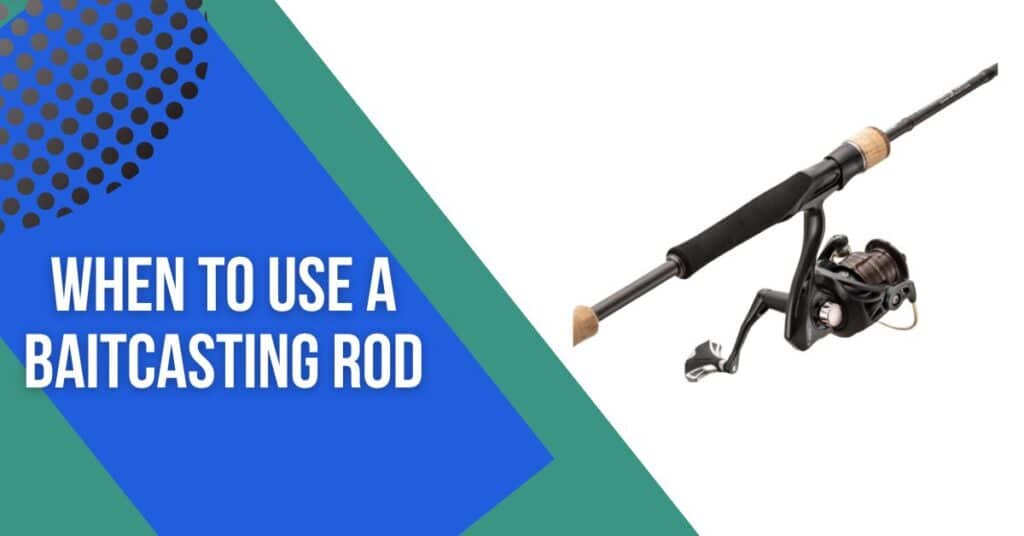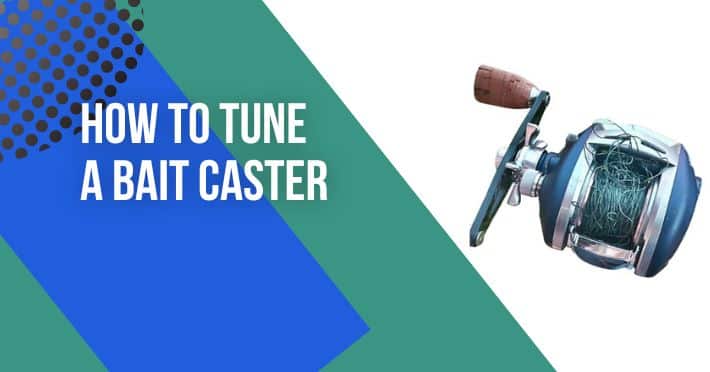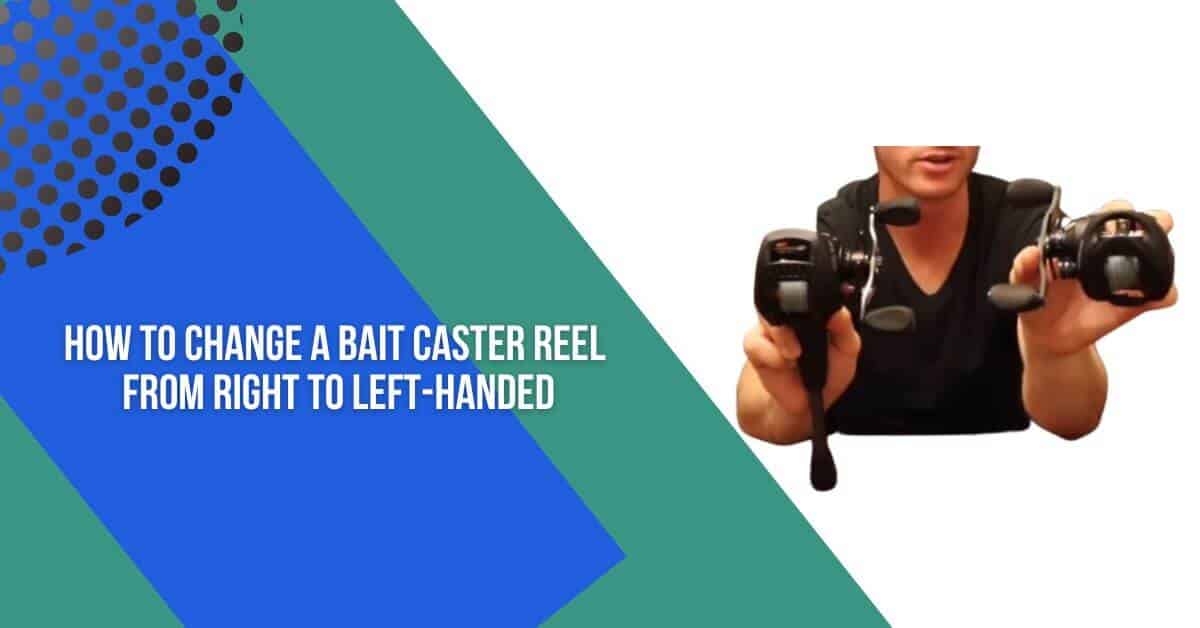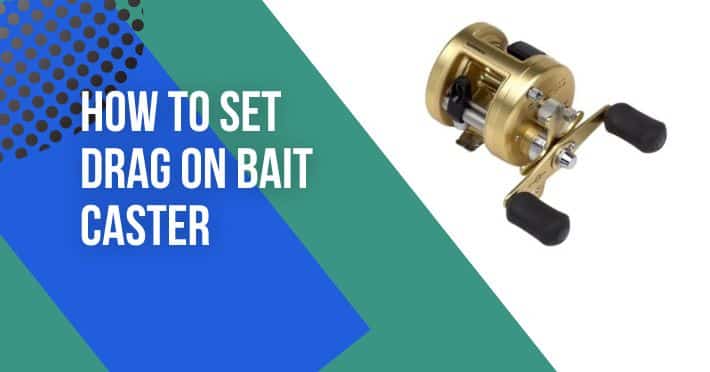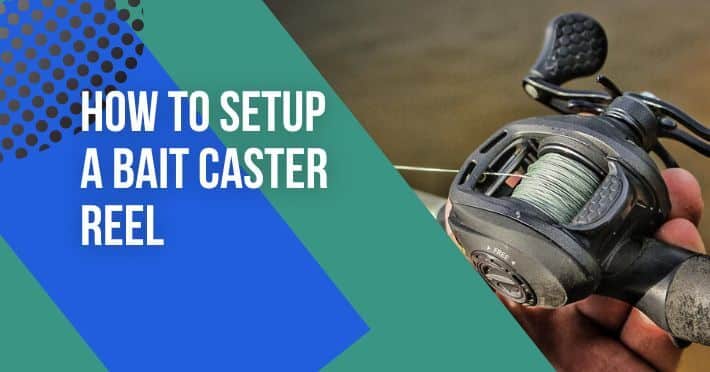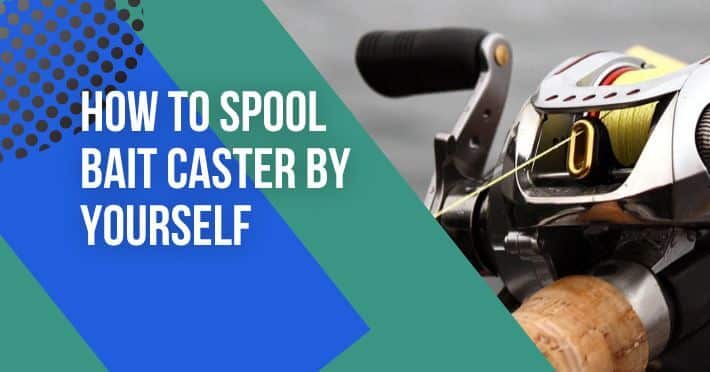Contents
- 1 When To Use A Baitcasting Rod
- 2 Understanding the Baitcasting Rod:
- 3 When to Use a Baitcasting Rod:
- 4 When To Fish A Baitcaster And When To Use A Spinning Reel
- 5 Conclusion:
- 6 FAQs!!
- 7 Q: Can I use a baitcasting rod for smaller fish species?
- 8 Q: Can I use a baitcasting rod for finesse techniques like drop shotting or finesse fishing?
- 9 Q: Are baitcasting rods suitable for beginners?
- 10 Q: Are baitcasting rods suitable for freshwater or saltwater fishing?
- 11 Q: Can I use a baitcasting rod for topwater fishing?
- 12 Q: When should I consider using a baitcasting rod over a spinning rod?
Fishing is a beloved recreational activity enjoyed by millions worldwide. Whether you’re a casual angler or an avid enthusiast, having the right equipment is essential for a successful fishing experience. One crucial tool in any angler’s arsenal is the fishing rod. Among the various types of fishing rods available, the baitcasting rod holds a special place due to its versatility and unique features.
In this article, we will explore when and why to use a baitcasting rod, highlighting its advantages and offering insights into the situations where it truly shines. Let’s know when to use a baitcasting rod.
When To Use A Baitcasting Rod
A baitcasting rod is best used in the following situations:
- Targeting large fish: Baitcasting rods are designed to handle the strength and power of bigger fish species such as bass, pike, muskies, or saltwater game fish.
- Casting heavy lures: If you plan to use heavier lures like crankbaits, spinnerbaits, or jigs, a baitcasting rod allows for precise casting at greater distances.
- Fishing in cover: When fishing in areas with dense cover like vegetation, fallen trees, or rocks, a baitcasting rod offers better control and sensitivity to navigate through obstacles and reel in fish effectively.
- Techniques requiring line control: Baitcasting rods excel in techniques such as flipping, pitching, and jigging, where precise line control, lure movement, and bite detection are crucial for success.
- Trolling: Baitcasting rods are suitable for trolling, especially in saltwater fishing, as they can handle the strain and resist the corrosive effects of saltwater, allowing for effective control and handling of larger trolling lures.
In summary, a baitcasting rod is ideal for targeting large fish, casting heavy lures, fishing in cover, performing techniques requiring line control, and engaging in trolling.
Understanding the Baitcasting Rod:
Before diving into the specifics of when to use a baitcasting rod, let’s briefly discuss its construction and mechanics. A baitcasting rod is characterized by the reel seat, which is located on the top of the rod, and the baitcasting reel that sits atop the handle. Unlike a spinning rod, where the line guides face downward, a baitcasting rod’s guides face upwards. This design allows for better control and accuracy when casting heavier lures or baits.
When to Use a Baitcasting Rod:
Targeting Large Fish: Baitcasting rods are ideal for targeting larger fish species. Their sturdy construction and design provide the angler with the necessary strength and control needed to handle heavy lines, and baits, and fight powerful fish. When pursuing bass, pike, muskies, or saltwater game fish, a baitcasting rod is an excellent choice.
Casting Heavy Lures: One of the key advantages of baitcasting rods is their ability to cast heavy lures with precision. Whether you’re using crankbaits, spinnerbaits, or jigs, a baitcasting rod allows you to accurately cast these heavier lures at greater distances. The combination of the baitcasting reel’s spool design and the rod’s casting capabilities enables you to achieve long, accurate casts consistently.
Fishing in Cover: When fishing in dense covers such as heavy vegetation, fallen trees, or rocks, a baitcasting rod excels. The high line capacity and powerful drag system of a baitcasting reel, combined with the sensitivity and control of the rod, make it easier to navigate through obstacles and reel in fish effectively. The accuracy of casting offered by a baitcasting rod also allows for the precise placement of lures in tight spots.
Techniques Requiring Line Control: Certain fishing techniques demand precise line control, and a baitcasting rod offers excellent handling in such situations. Techniques like flipping, pitching, and jigging require the angler to have direct control over the lure’s movement and feel even the slightest nibbles. The sensitivity and responsiveness of a baitcasting rod make it an ideal choice for these techniques, allowing for better detection of bites and increased hook-setting accuracy.
Trolling: Baitcasting rods are also well-suited for trolling, especially in saltwater fishing. Trolling involves dragging lures or baits behind a moving boat, and the robust construction of a baitcasting rod ensures it can withstand the strain and resist the corrosive effects of saltwater. The powerful reel and rod combination makes it easier to handle larger trolling lures and fight fish while maintaining control over the line.
When To Fish A Baitcaster And When To Use A Spinning Reel
Conclusion:
In conclusion, a baitcasting rod offers anglers a versatile and powerful tool for various fishing scenarios. Whether you’re targeting large fish, casting heavy lures, fishing in cover, performing techniques requiring line control, or engaging in trolling, a baitcasting rod is an excellent choice. Its unique design and features provide superior control, accuracy, and sensitivity, making it indispensable for certain fishing applications.
However, it’s important to note that mastering the use of a baitcasting rod may require practice and patience, as they have a steeper learning curve compared to other rod types. With time and experience, you can harness the true potential of a baitcasting rod and enhance your fishing skills for a more rewarding angling experience.
FAQs!!
Q: Can I use a baitcasting rod for smaller fish species?
While baitcasting rods are designed for larger fish, they can still be used for smaller species. However, keep in mind that the heavier and more powerful nature of baitcasting gear may not be necessary for smaller fish, and a spinning rod might be more suitable for a lighter and more versatile experience.
Q: Can I use a baitcasting rod for finesse techniques like drop shotting or finesse fishing?
Baitcasting rods are generally not the first choice for finesse techniques that require delicate presentations and lighter lines. These techniques are better suited for spinning rods, which offer greater sensitivity and flexibility. However, if you are experienced with baitcasting gear and prefer the feel and control it provides, you can use a baitcasting rod for finesse techniques with lighter lures and lines.
Q: Are baitcasting rods suitable for beginners?
Baitcasting rods can be more challenging for beginners due to their learning curve. They require proper casting technique, line control, and adjustments for different lures and conditions. It is recommended that beginners start with a spinning rod and gain some experience before transitioning to a baitcasting rod. However, with practice and patience, beginners can certainly learn to use a baitcasting rod effectively.
Q: Are baitcasting rods suitable for freshwater or saltwater fishing?
Baitcasting rods are suitable for both freshwater and saltwater fishing. However, if you plan to use a baitcasting rod in saltwater, make sure to choose a model specifically designed for saltwater use to withstand the corrosive effects of saltwater. Regular maintenance and rinsing with freshwater after saltwater use are also essential to prolong the lifespan of the rod and reel.
Q: Can I use a baitcasting rod for topwater fishing?
Yes, baitcasting rods are commonly used for topwater fishing. Their accuracy and control allow for precise lure placement, making them effective for working topwater lures such as buzzbaits, poppers, and frogs. The backbone of a baitcasting rod also provides the power needed to set the hook when a fish strikes the surface lure.
Q: When should I consider using a baitcasting rod over a spinning rod?
Consider using a baitcasting rod when targeting larger fish, casting heavy lures, fishing in cover, performing techniques requiring line control, or engaging in trolling. Baitcasting rods excel in these scenarios due to their strength, casting accuracy, and control. However, for lighter lures, finesse techniques, or if you are a beginner, a spinning rod might be a more suitable choice.

